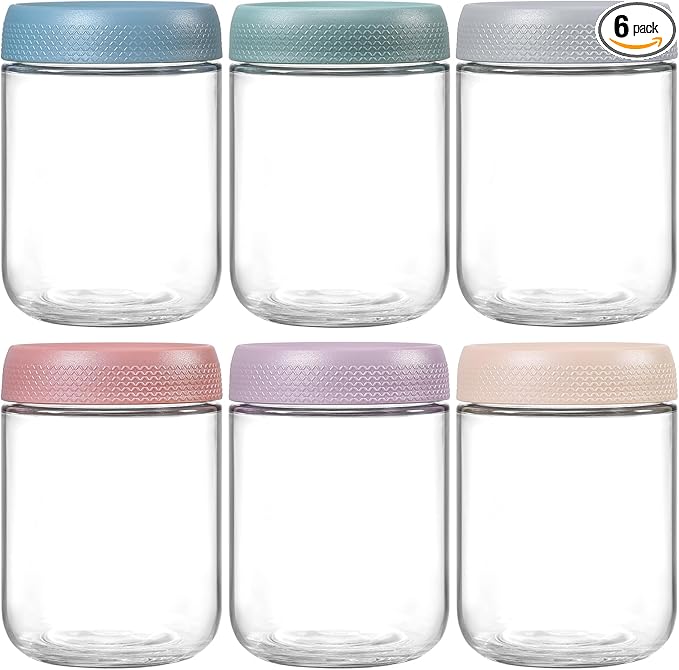James Beard Award-nominated chef Arnold Myint joined “Good Morning America” on Monday to demonstrate several delicious and easy authentic Thai food dishes from his new cookbook, “Family Thai: Bringing the Flavors of Thailand Home.”
Check out the full recipes below to replace your favorite Thai takeout order with these homemade versions instead.
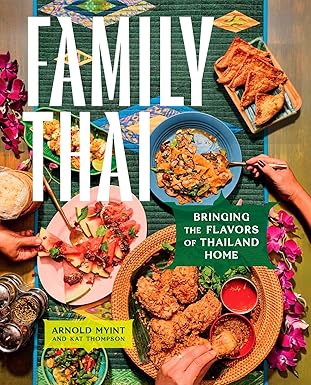
Family Thai: Bringing the Flavors of Thailand Home by Arnold Myint
Pad See Eiw, Soy Sauce Noodles
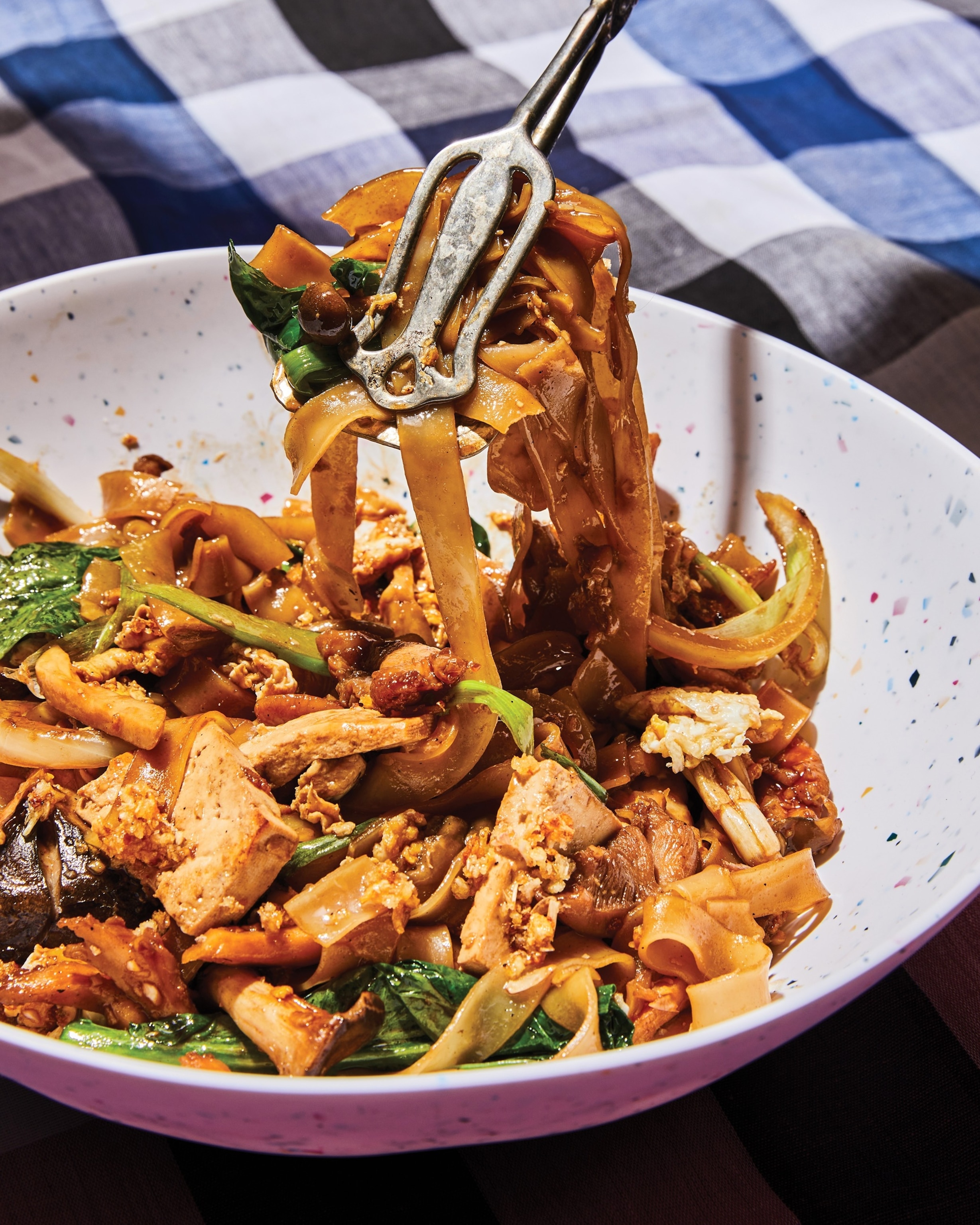
Pad See Ew (Soy Sauce Noodles)
from the new book Family Thai: Bringing the Flavors of Thailand Home by Arnold Myint and Kat Thompson. Photos by Linda Xiao.
Serves 4
Ingredients
For the noodles:
8-ounce / 225-gram package dried long, flat rice noodles (or use fresh noodles or dried pappardelle)
For the oyster-soy sauce chicken:
1/2 cup (120 milliliters) oyster sauce
1/4 cup (60 milliliters) Thai seasoning sauce or lite soy sauce
1/4 cup (60 milliliters) black soy sauce
2 tablespoons sugar
6 ounces (170 g) skinless, boneless chicken thighs, sliced (about 2 thighs)
For the stir-fry:
2 tablespoons neutral oil, such as sunflower
2 large eggs
4 ounces (115 grams) firm or extra-firm tofu, drained and cut into 1/4-inch (6-millimeter) wide rectangles
1/4 white onion, sliced
2 tablespoons finely chopped garlic
2 cups (115 grams) mixed mushrooms, such as trumpet, oyster, shiitake, and cremini, trimmed and sliced
3 1/2 cups (4 ounces / 115 grams) gai lan (Chinese broccoli), cut into 2-inch (5-centimeter) pieces
4 scallions, pale green and white parts, cut into 1-inch (2.5 cm) pieces
1/2 teaspoon ground white pepper
For serving:
Fried garlic
Ground white pepper
Prik nam som (chile vinegar)
Directions
Make the noodles: Put the noodles in a large bowl and pour warm water over them. Let stand until soft, 20 to 30 minutes. Drain and set aside. Just before cooking, fill a large saucepan three-quarters full of water and bring to a boil over high heat.
Make the oyster-soy sauce chicken: In a medium, nonreactive bowl, combine the oyster sauce, Thai seasoning sauce, black soy sauce, and sugar, and stir until the sugar is dissolved. Coat the chicken with 1/4 cup (60 milliliters) of the sauce and let stand for 5 minutes to marinate. Reserve the remaining sauce.
Stir-fry the noodles: In a large skillet, heat the oil over high heat until it shimmers. Crack the eggs into the pan and cook until the whites begin to set and the yolks harden, breaking them slightly (they’re not scrambled in pieces but more like a broken omelet). Add the marinated chicken and cook, stirring occasionally, until the chicken is opaque, about 2 minutes. Add the tofu, onion, and garlic, and continue cooking, stirring frequently, until fragrant, about 30 seconds. Add the mushrooms, gai lan, and scallions and stir until combined. Stir in the white pepper.
Blanch the drained rice noodles in the boiling water for 10 to 15 seconds (see Note for fresh noodles). Drain the noodles, transfer them to the skillet, and stir together. Drizzle in as much of the remaining oyster–soy sauce as desired, adjust to taste (keeping in mind that the sauce will reduce and intensify as it heats), and cook until the sauce deepens in color and the noodles are tender, about 2 minutes. Stir to combine.
To serve: Transfer to a platter and then garnish with fried garlic and white pepper, and serve immediately with a side of prik nam som.
Note: If using fresh noodles, place them directly into the skillet — there is no need to soak them or blanch them in boiling water. Or to make “papp” see eiw, cook pappardelle noodles according to the package instructions and place them directly into the skillet when the noodles are added.
Som Thum Tua, Green Bean Salad
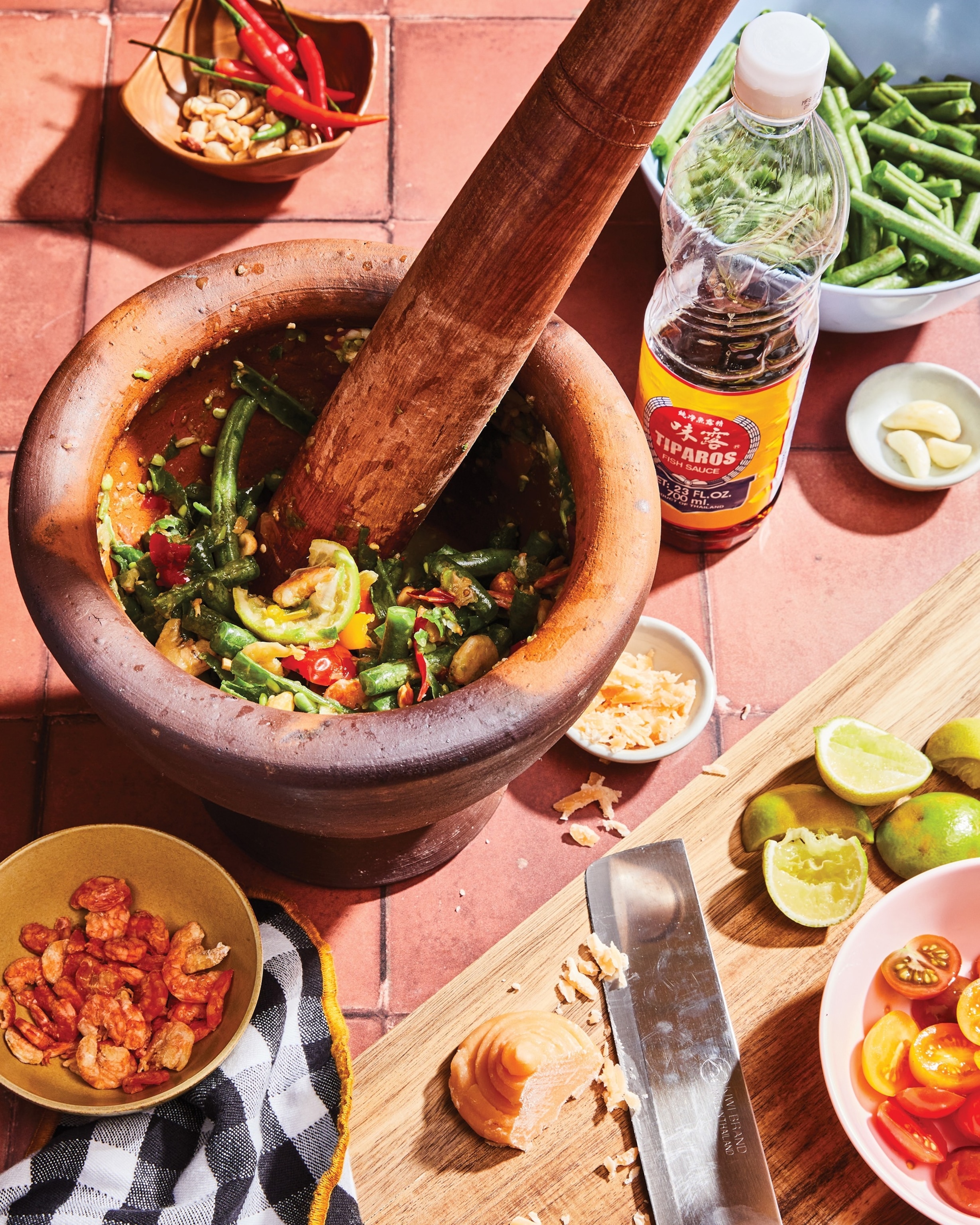
Som Thum Tua (Green Bean Salad)
from the new book Family Thai: Bringing the Flavors of Thailand Home by Arnold Myint and Kat Thompson. Photos by Linda Xiao.
Serves 2 to 4
Ingredients
2 tablespoons dried shrimp
2 cloves garlic, peeled
1 to 4 fresh red Thai chiles, depending on spice preference
Half of a 2-ounce / 55-gram disk palm sugar, cut into quarters, plus more for serving
5 grape tomatoes, halved
2 limes, skin on, cut into cheeks (see Note), plus more for serving
1/2 pound (225 grams) green beans, trimmed and cut into 1-inch (2.5-centimeter) pieces
2 tablespoons fish sauce, plus more for serving
2 tablespoons roasted, unsalted peanuts
Directions
In a large mortar with pestle, pound the dried shrimp, garlic, Thai chiles, and palm sugar until a paste begins to form, about 2 minutes.
Add the tomatoes and 4 skin-on lime cheeks and continue to pound the ingredients together for 1 to 2 minutes (to prevent splashing, cover the mortar with a kitchen towel).
Add one-quarter of the green beans and the fish sauce. Squeeze in the juice of 2 lime cheeks (about 1 to 2 tablespoons lime juice) and discard the peels in the mortar. Continue to pound the ingredients until the green beans break down slightly, 3 to 4 minutes.
At this point, there should be a significant amount of juice. Repeat the process with the remaining green beans, in batches, if necessary. After you pound the last batch of green beans in the mortar, add the peanuts and lightly crush them, keeping in mind that overgrinding the peanuts will give the salad a mealy texture. Stir to evenly incorporate the peanuts into the salad and season with additional lime juice, fish sauce, and palm sugar, if desired.
Transfer to a serving bowl and serve immediately.
Note: Instead of merely using the lime juice for this salad, Thais tend to toss the whole lime cheek inside. This is not only to keep with tradition, but to add depth of flavor.
Though inedible, the lime skin’s oils and bitterness from the zest deepen and punctuate the brightness of the salad.
Bacon Pad Krapao, Spicy Bacon Basil Stir-Fry
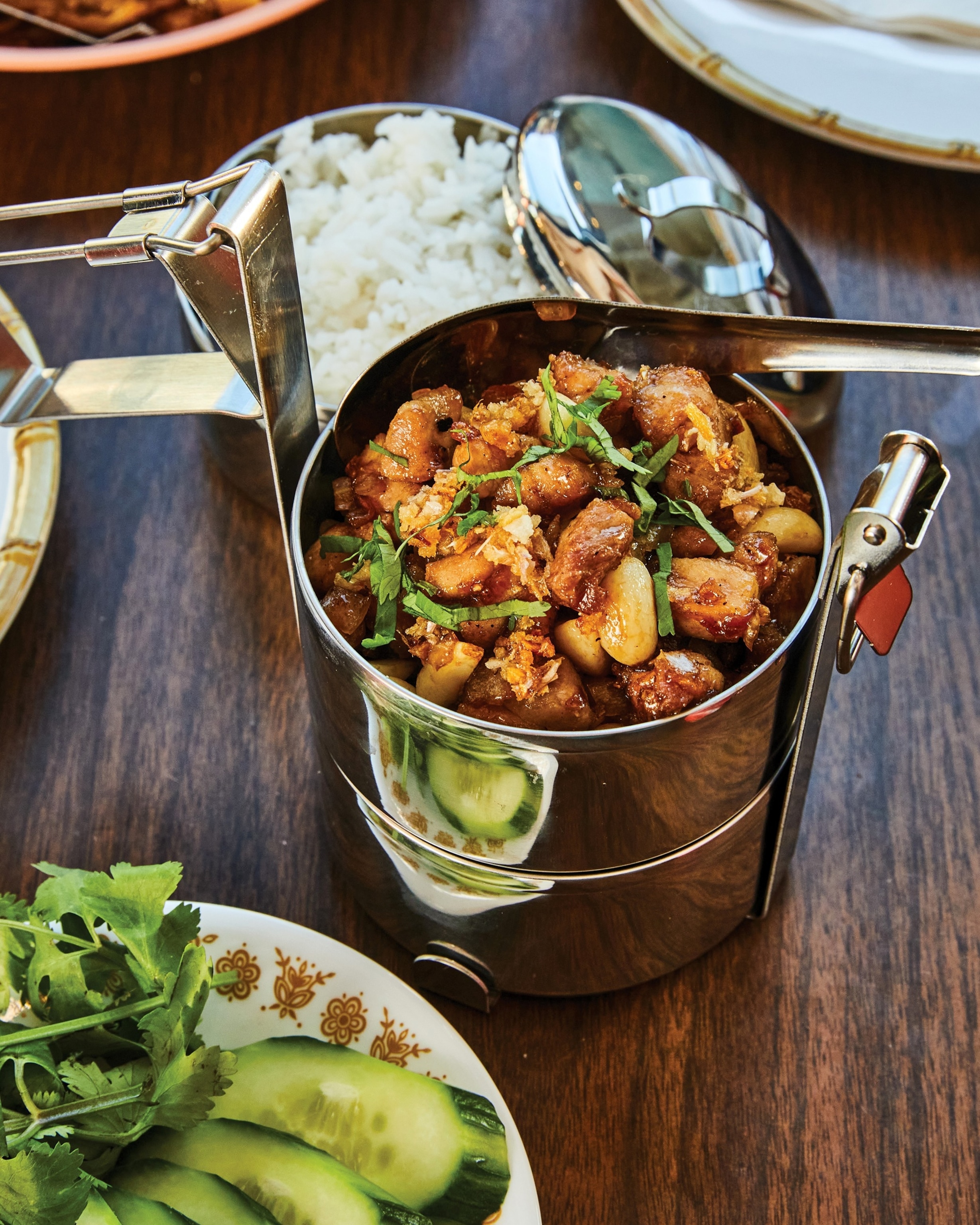
Bacon Pad Krapao
from the new book Family Thai: Bringing the Flavors of Thailand Home by Arnold Myint and Kat Thompson. Photos by Linda Xiao.
Serves 4
Ingredients
For the krapao sauce:
2 tablespoons oyster sauce
2 tablespoons black soy sauce
2 tablespoons fish sauce
For the bacon pad krapao:
4 ounces (340 grams / about 3 slices) thick-cut bacon, cut into 1-inch (2.5-centimeter) pieces
8 ounces (225 grams) ground pork
2 tablespoons chopped white onion
1 tablespoon finely chopped garlic
2 to 3 fresh red Thai chiles, chopped
4 ounces (115 grams) green beans, ends trimmed and cut into 1/2-inch (12-millimeter) pieces (about 3/4 cup)
1/2 cup (65 grams) coarsely chopped red bell pepper
1/2 cup (65 grams) coarsely chopped green bell pepper
1/4 cup (8 grams) fresh Thai basil leaves, torn in half
1 teaspoon sugar
1/2 teaspoon ground white pepper
For serving:
Steamed rice
4 fried eggs
Directions
Make the krapao sauce: In a small bowl, combine the oyster sauce, black soy sauce, and fish sauce and whisk until combined.
Make the bacon pad krapao: In a large skillet, cook the bacon over medium heat, stirring occasionally, until it is partially cooked, 2 to 3 minutes. Using a slotted spoon, transfer the bacon to a paper towel–lined plate or wire rack. Increase the heat to high and add the ground pork and onion to the pan. Cook, stirring occasionally, until the pork is two-thirds cooked and the onion is translucent, about 2 minutes. Add the garlic and chiles and cook until fragrant, about 30 seconds. Add the reserved bacon, the green beans, red and green peppers, Thai basil, krapao sauce, sugar, and white pepper, and cook until the peppers are softened and everything is well combined, about another 1 minute.
To serve: Transfer to a platter and serve with steamed rice and fried eggs. Store leftovers in an airtight container in the refrigerator for up to 4 days.
Thah Ko, Corn and Tapioca Pudding
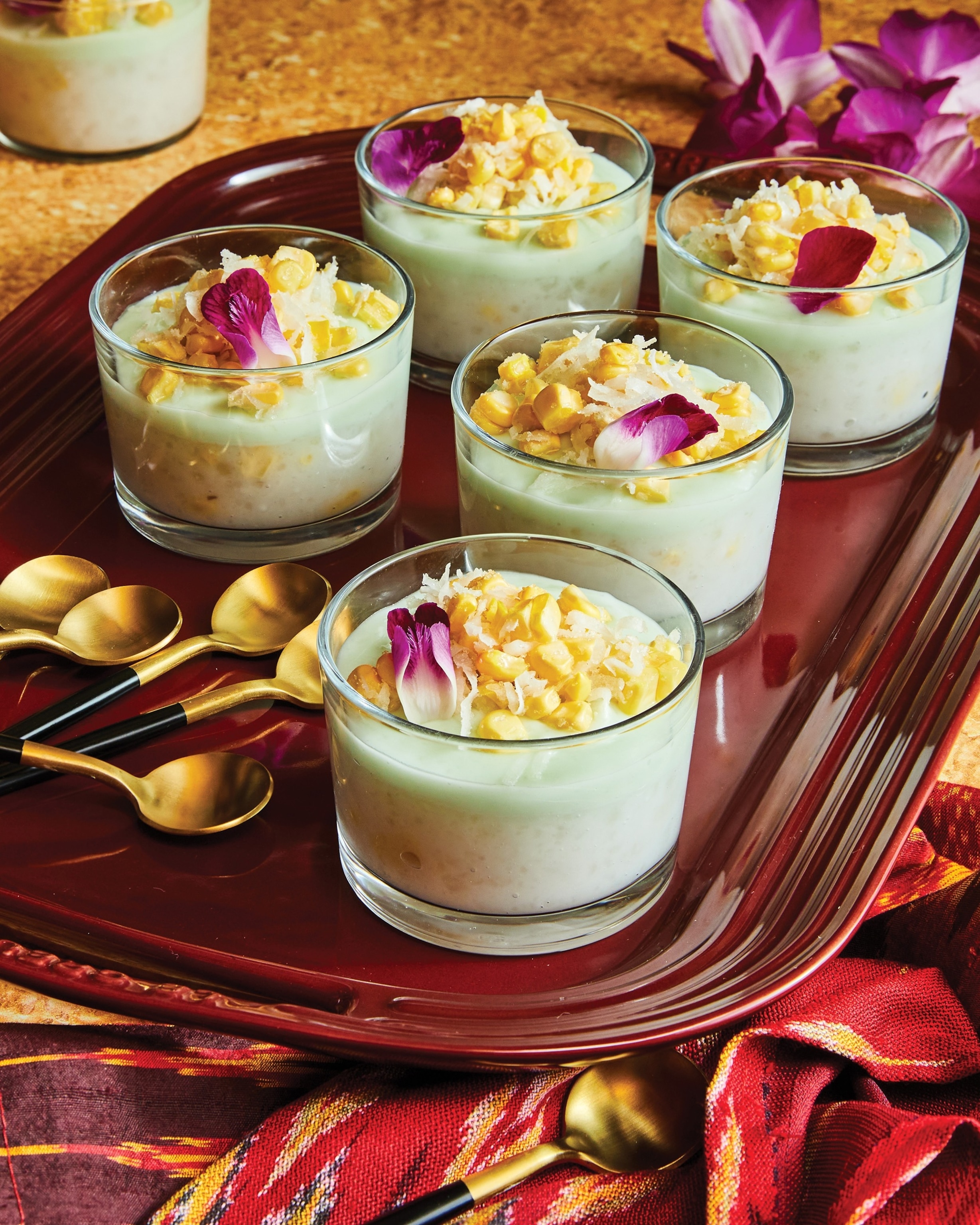
Thah Ko (Corn and Tapioca Pudding)
from the new book Family Thai: Bringing the Flavors of Thailand Home by Arnold Myint and Kat Thompson. Photos by Linda Xiao.
Serves 6
Ingredients
For the pudding:
2 medium ears corn, husks and silks removed
1/2 cup (85 grams) small tapioca pearls
2 cups (480 milliliters) coconut milk
1/2 cup (100 grams) sugar
1/2 teaspoon pandan extract
Pinch of kosher salt
Edible flower petals, for serving
For the coconut topping:
2 tablespoons unsweetened shredded coconut
1 tablespoon sugar
1/2 teaspoon salt
For the cream:
1 cup (240 milliliters) coconut cream
Pinch of kosher salt
2 tablespoons cornstarch
Directions
Make the pudding: Using a knife, slice the end of the corn cob off to create a flat surface. Holding the cob vertically (with the flat end on the cutting board or a baking sheet), carefully shave the raw kernels from each cob. Set aside.
Place the tapioca pearls in a fine mesh sieve and gently rinse them for 15 seconds to remove any excess starch. Set aside.
In a large saucepan, bring 1 1/2 cups (360 milliliters) water to a boil over high heat. Reduce the heat to medium. Add the rinsed tapioca pearls and cook, stirring constantly, until the tapioca thickens and becomes translucent, 10 to 12 minutes. Stir in the coconut milk, sugar, pandan extract, and salt, and bring to a simmer. Simmer, stirring, for 3 more minutes. Fold in half of the corn kernels and remove from the heat.
Divide the pudding among 6 individual ceramic or glass cups, and let stand for 10 minutes.
Make the coconut topping: In a small bowl, combine the remaining half of the corn kernels with the coconut, sugar, and salt. Set aside.
Make the cream: In a small saucepan, combine the coconut milk and salt, and bring to a simmer over medium heat.
Meanwhile, make a cornstarch slurry: In a small bowl, combine the cornstarch with 2 tablespoons water and whisk until the cornstarch is fully dissolved.
Whisk the slurry into the coconut milk until it thickens, about 2 minutes. Remove from the heat. Spoon a thin layer of the cream onto each tapioca pudding, sprinkle with the coconut topping, garnish with edible flower petals, and serve immediately. Cover any remaining custards and refrigerate for up to 3 days.
If you haven’t noticed yet, Thai desserts are all about layers. Thah ko is a layered pudding that features pops of sweet corn swimming in a tapioca base. It’s typically crowned with a luscious and slightly salty coconut cream topping that makes for a perfect balance of sweet, savory, and fragrant. Traditionally, thah ko would be served in kratongs, or mini baskets crafted from pandan or banana leaves, which lend an earthy note to the dish.
Although that presentation is old-school and fun, trust me when I tell you it’s just as good in mini ceramic or glass bowls.
‘GMA’ Kitchen Picks
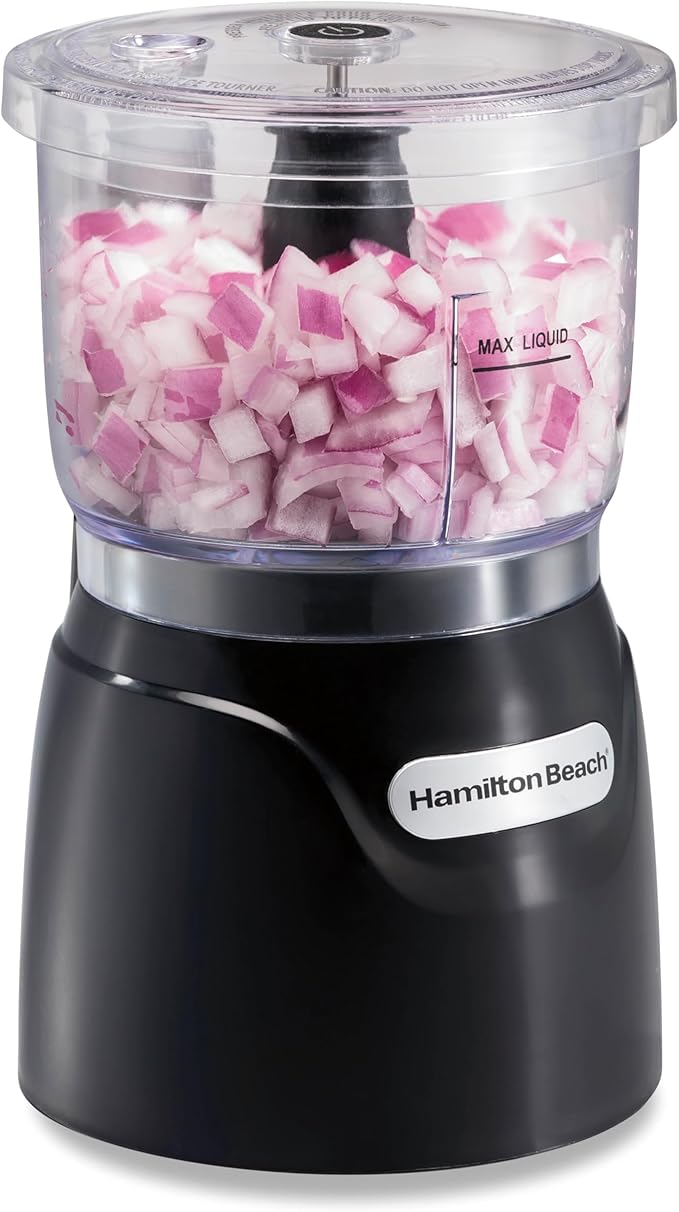
Hamilton Beach Electric Vegetable Chopper & Mini Food Processor, 3-Cup
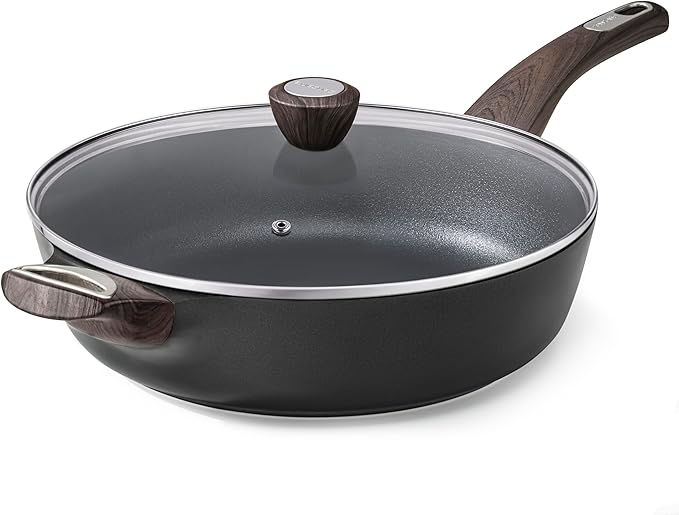
SENSARTE Nonstick Frying Pan Skillet

10″ x 15″ Heavy Duty Stainless Steel Wire Rack
